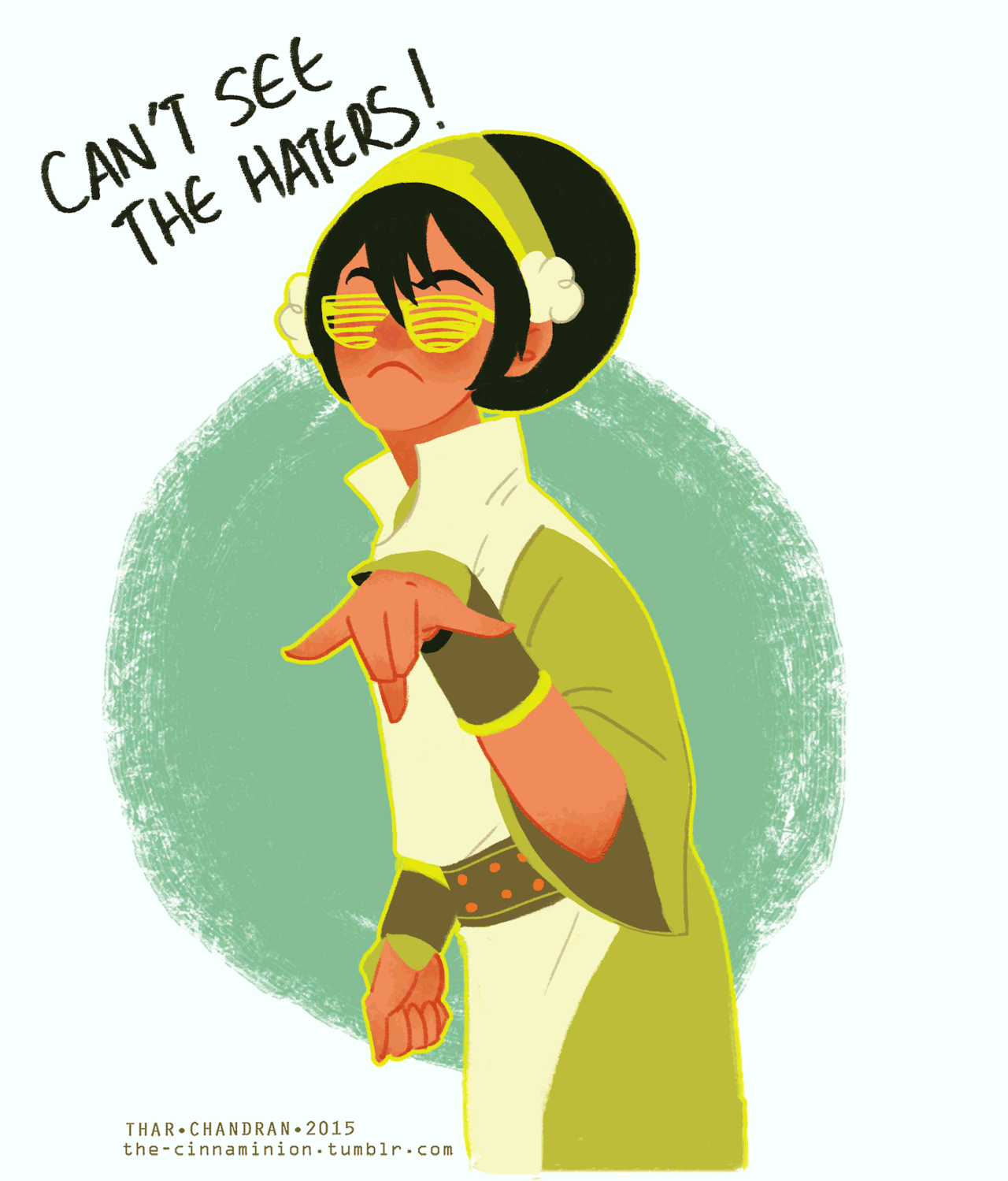ACG Blind: A Deep Dive Into The World Of Anime, Comics, And Gaming Without Sight
Imagine stepping into a world where visuals don’t matter, where stories unfold through sound, touch, and imagination. Welcome to the realm of ACG blind—an extraordinary space where individuals with visual impairments dive into anime, comics, and gaming with the same passion as anyone else. This isn’t just about entertainment; it’s about accessibility, inclusion, and redefining how we experience media.
ACG blind is more than a trend; it’s a movement. It represents the efforts of creators, developers, and enthusiasts who are breaking down barriers to make anime, comics, and games accessible to everyone, regardless of their ability to see. This article will take you on a journey through this fascinating topic, exploring its challenges, triumphs, and the impact it has on communities worldwide.
Whether you’re a fan of anime, a comic book lover, or a gamer, understanding ACG blind opens your eyes—or rather, ears—to new ways of experiencing beloved media. Let’s dive in and discover what makes this movement so powerful.
Read also:Neal Mcdonough The Versatile Actor Behind Iconic Roles And Memorable Performances
What Exactly is ACG Blind?
ACG stands for Anime, Comics, and Games, three pillars of pop culture that have captivated audiences globally. But what happens when someone can’t rely on visuals to enjoy these forms of media? That’s where ACG blind comes in. It’s all about creating accessible versions of ACG content for people who are visually impaired or blind.
ACG blind isn’t just about adapting content; it’s about reimagining it. Think about audiobooks for comics, audio descriptions for anime, and tactile interfaces for video games. These adaptations ensure that everyone can enjoy the rich narratives and immersive worlds that ACG offers.
Breaking Down Barriers
The biggest challenge in ACG blind is overcoming the reliance on visual elements. For instance, how do you describe the vibrant colors of a manga panel or the dynamic action sequences in an anime without sight? The answer lies in creativity and technology.
- Audio Descriptions: Detailed narrations that explain visual elements, allowing listeners to “see” the story through words.
- Tactile Graphics: Raised images or 3D prints of comic panels that can be felt, providing a physical representation of the artwork.
- Sound Design: Enhancing audio cues in games and anime to create a richer sensory experience.
Why ACG Blind Matters
Inclusivity is at the heart of ACG blind. It’s about ensuring that no one is left out of the joy and excitement that ACG brings. By making content accessible, we’re not just accommodating visual impairments; we’re fostering a more inclusive society where everyone can participate and enjoy.
This movement also challenges stereotypes about what people with disabilities can or cannot do. ACG blind shows that even without sight, one can fully immerse themselves in complex narratives and engaging worlds. It’s a testament to human resilience and creativity.
Impact on Communities
The impact of ACG blind extends beyond individual enjoyment. It strengthens communities by bringing together fans from all walks of life. Online forums, podcasts, and social media groups dedicated to ACG blind have become vibrant spaces for discussion, collaboration, and support.
Read also:Apollonia In Godfather Exploring The Life Legacy And Influence Of A Cinematic Icon
These communities are also driving change. They advocate for better accessibility standards in the ACG industry, pushing creators and developers to consider the needs of visually impaired audiences from the outset.
Challenges Faced in ACG Blind
While the concept of ACG blind is inspiring, it’s not without its challenges. One of the biggest hurdles is the lack of awareness and resources. Many creators and developers are unaware of the needs of visually impaired audiences or don’t know how to address them.
Additionally, producing accessible content can be costly and time-consuming. Creating high-quality audio descriptions, tactile graphics, and adaptive gaming interfaces requires expertise and resources that not all creators have access to.
Overcoming Obstacles
Despite these challenges, progress is being made. Initiatives like the Audio Description Project and organizations such as the National Federation of the Blind are working tirelessly to promote accessibility in media. They provide training, resources, and advocacy to help bridge the gap between creators and visually impaired audiences.
Technology is also playing a crucial role in overcoming obstacles. Advances in artificial intelligence and machine learning are making it easier to generate audio descriptions and tactile graphics, reducing the cost and time required for production.
How Technology is Revolutionizing ACG Blind
Technology has been a game-changer for ACG blind. From AI-driven audio descriptions to haptic feedback in gaming, innovations are making it easier than ever for visually impaired individuals to enjoy ACG content.
Take, for example, the use of haptic technology in gaming. This allows players to feel vibrations and textures through controllers, providing a tactile experience that complements audio cues. Similarly, AI-powered tools can analyze visual content and generate detailed audio descriptions, saving creators time and resources.
Innovations in Accessibility
Here are some of the most exciting technological advancements in ACG blind:
- AI Audio Descriptions: Automatically generates detailed narrations of visual content.
- Haptic Feedback: Provides tactile sensations in gaming, enhancing the overall experience.
- 3D Printing: Creates tactile representations of comic book panels and game environments.
ACG Blind in the Gaming Industry
Gaming is one of the most exciting areas for ACG blind innovation. Developers are increasingly incorporating accessibility features into their games, ensuring that everyone can enjoy the thrill of gameplay.
Games like “The Last of Us Part II” and “Halo” have set new standards for accessibility, offering features like adjustable difficulty levels, audio cues, and haptic feedback. These features not only benefit visually impaired players but enhance the experience for all players.
Case Studies
Let’s look at a few examples of games that have excelled in accessibility:
- The Last of Us Part II: Offers over 60 accessibility options, including audio cues and high-contrast modes.
- Halo: Features haptic feedback and customizable controls, making it easier for visually impaired players to navigate.
ACG Blind in Anime and Comics
Anime and comics are also seeing significant advancements in accessibility. Studios are increasingly producing audio-described versions of their shows, while publishers are experimenting with tactile graphics for comic books.
For example, Netflix’s “Demon Slayer” series includes audio descriptions in its streaming service, allowing visually impaired viewers to fully experience the show. Meanwhile, publishers like Marvel and DC are exploring 3D printing technology to create tactile versions of their comic books.
Adapting Narratives
Adapting anime and comics for visually impaired audiences requires a deep understanding of storytelling. It’s not just about describing visuals; it’s about conveying emotions, actions, and settings through sound and touch.
This adaptation process often involves collaboration between writers, sound designers, and accessibility experts, ensuring that the final product is both engaging and accessible.
The Future of ACG Blind
The future of ACG blind looks bright. As technology continues to evolve, we can expect even more innovative solutions for making ACG content accessible. From virtual reality experiences that incorporate haptic feedback to AI-powered tools that generate detailed audio descriptions, the possibilities are endless.
Moreover, the growing awareness and advocacy for accessibility in media are driving change across the industry. Creators and developers are increasingly prioritizing inclusivity, ensuring that everyone can enjoy the magic of ACG.
What’s Next?
Here are some trends to watch in the world of ACG blind:
- Virtual Reality: Immersive experiences that incorporate haptic feedback and audio cues.
- AI-Powered Tools: Automated generation of audio descriptions and tactile graphics.
- Community-Driven Initiatives: Collaborative projects that bring together creators, developers, and visually impaired audiences.
Conclusion
ACG blind is more than a movement; it’s a revolution. It’s about breaking down barriers, fostering inclusivity, and redefining how we experience media. By making anime, comics, and games accessible to everyone, we’re creating a more equitable and vibrant world.
So, whether you’re a creator, developer, or fan, consider how you can contribute to this movement. Share your experiences, advocate for accessibility, and support initiatives that promote inclusivity. Together, we can ensure that everyone has the chance to enjoy the magic of ACG.
And hey, don’t forget to leave a comment or share this article with your friends. The more we talk about ACG blind, the more we can make a difference!
Table of Contents
- What Exactly is ACG Blind?
- Why ACG Blind Matters
- Challenges Faced in ACG Blind
- How Technology is Revolutionizing ACG Blind
- ACG Blind in the Gaming Industry
- ACG Blind in Anime and Comics
- The Future of ACG Blind
- Conclusion


